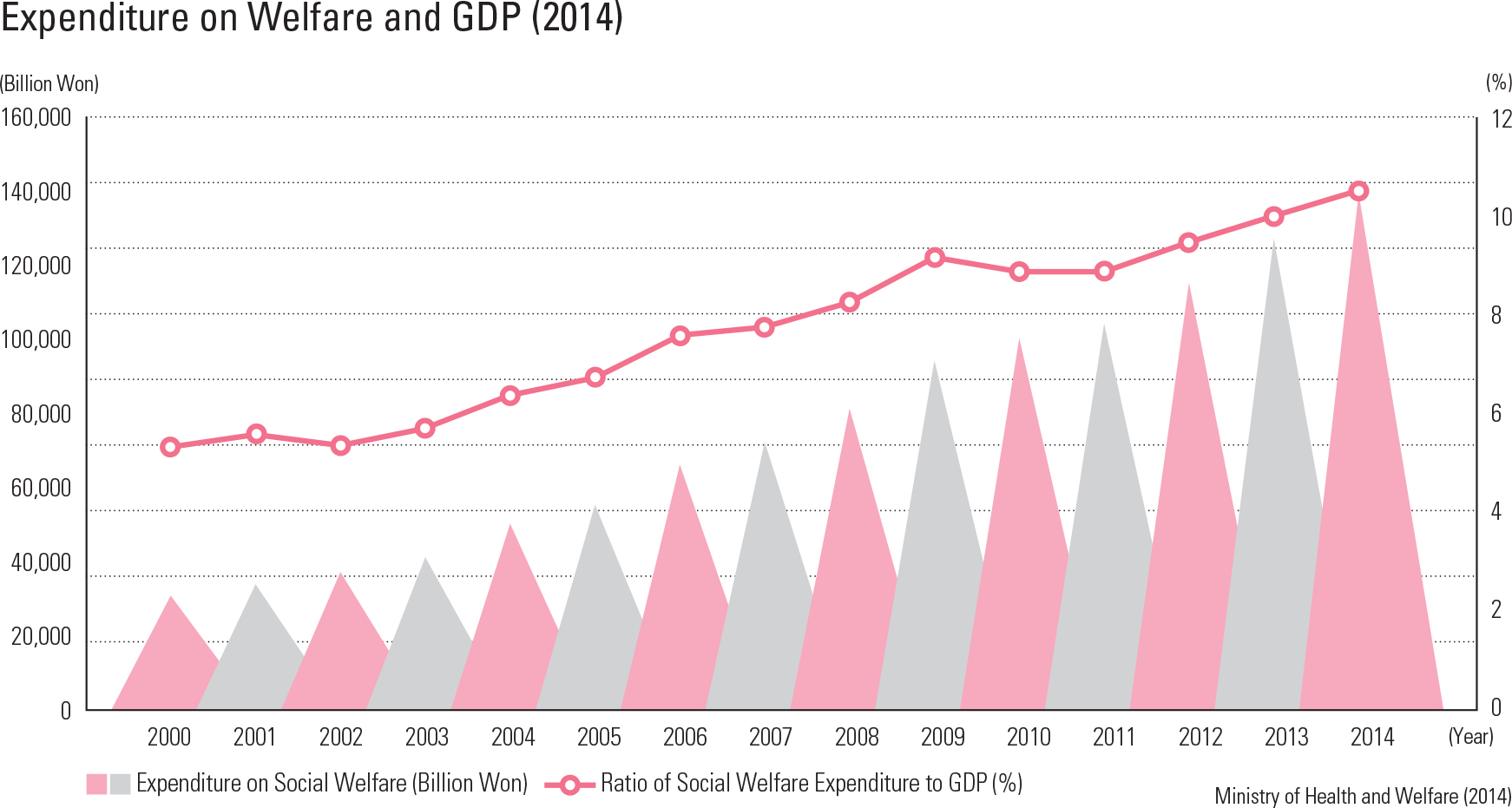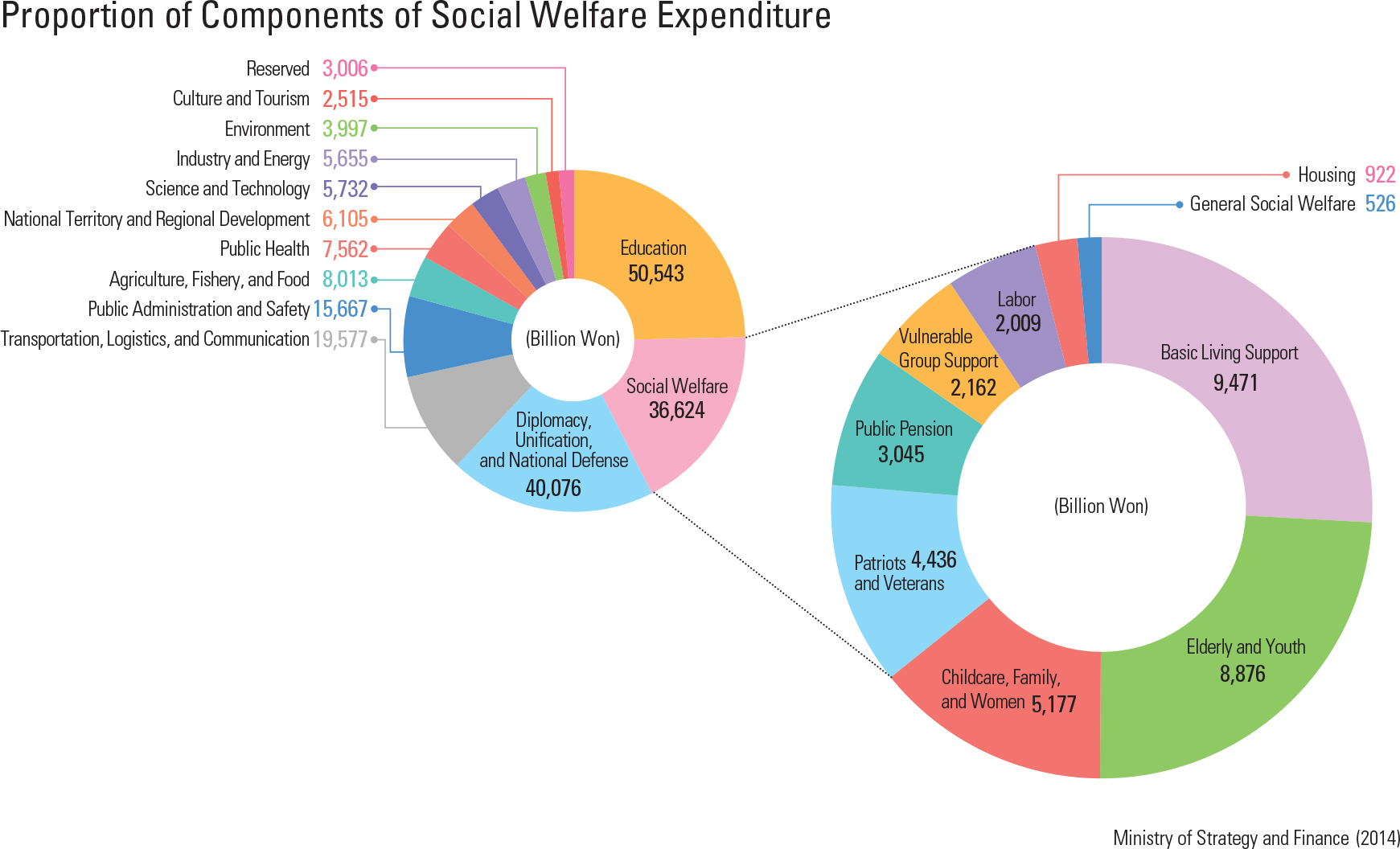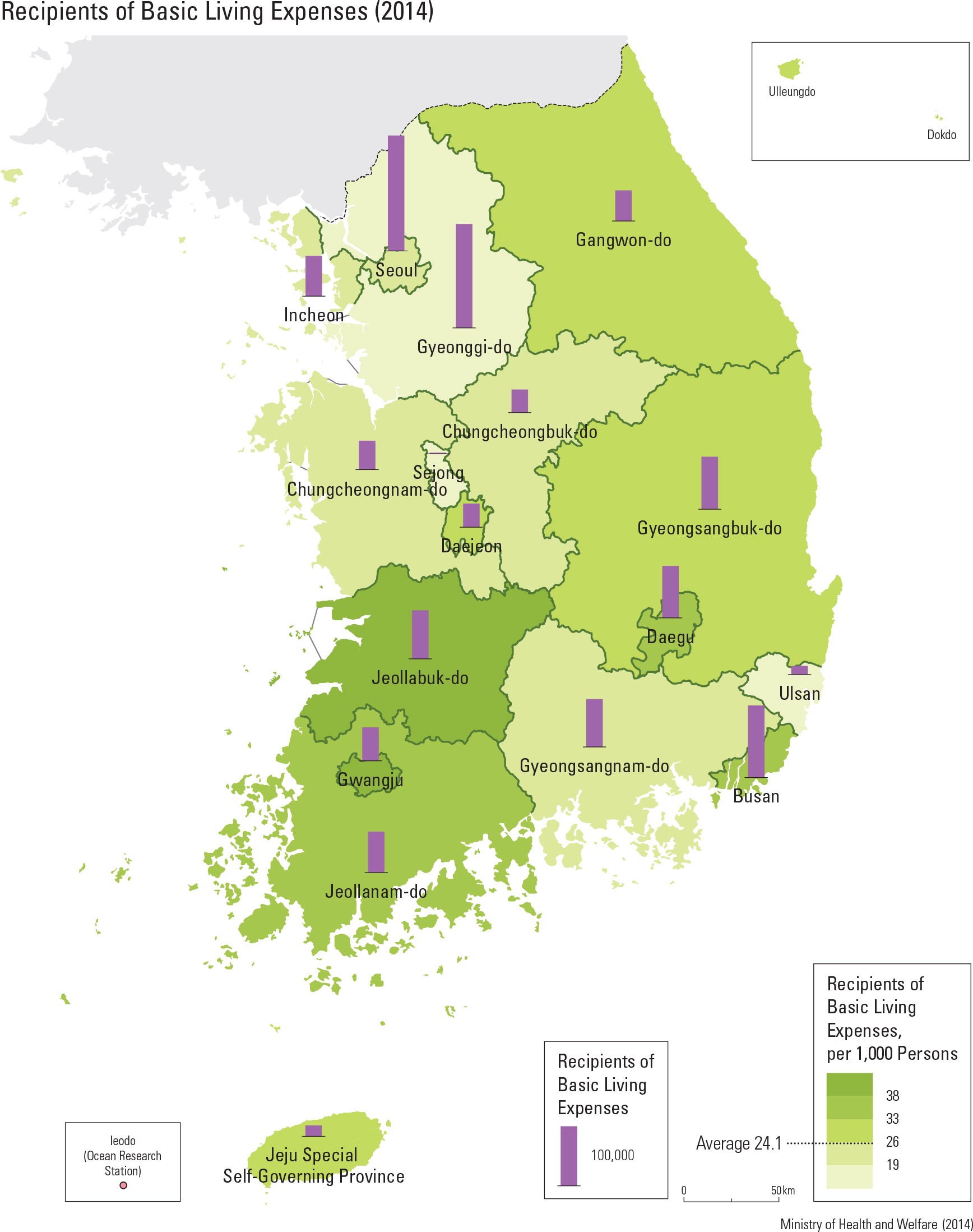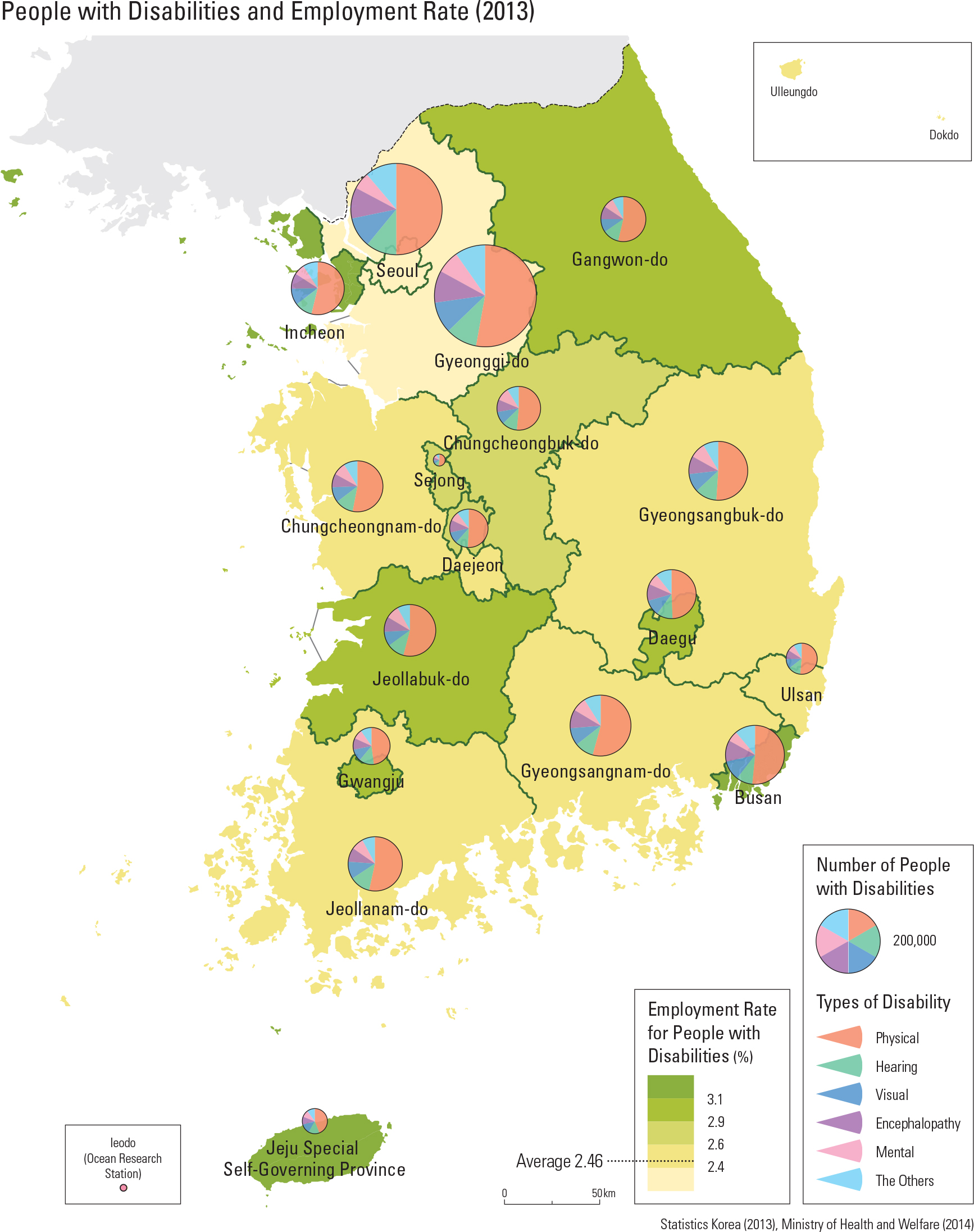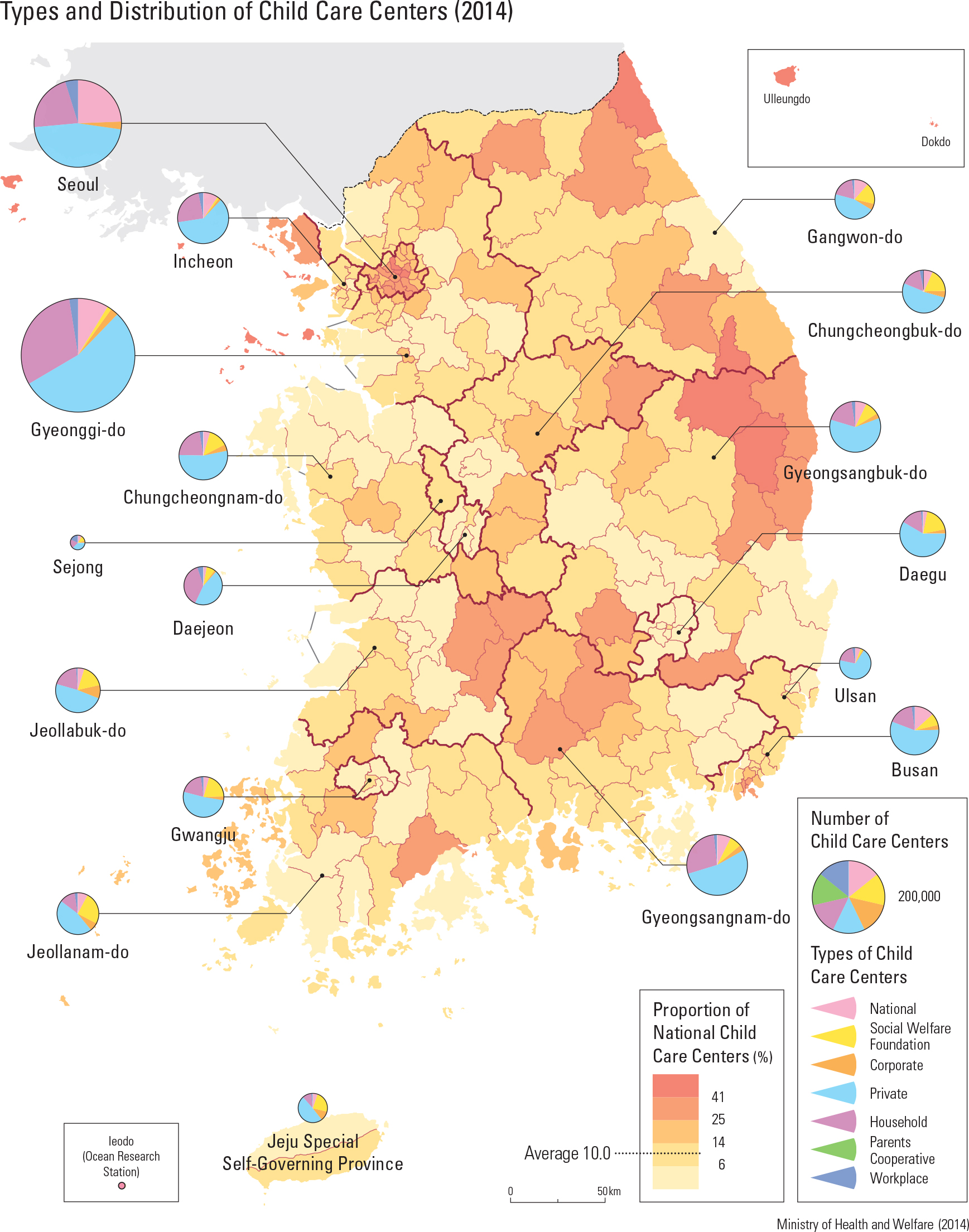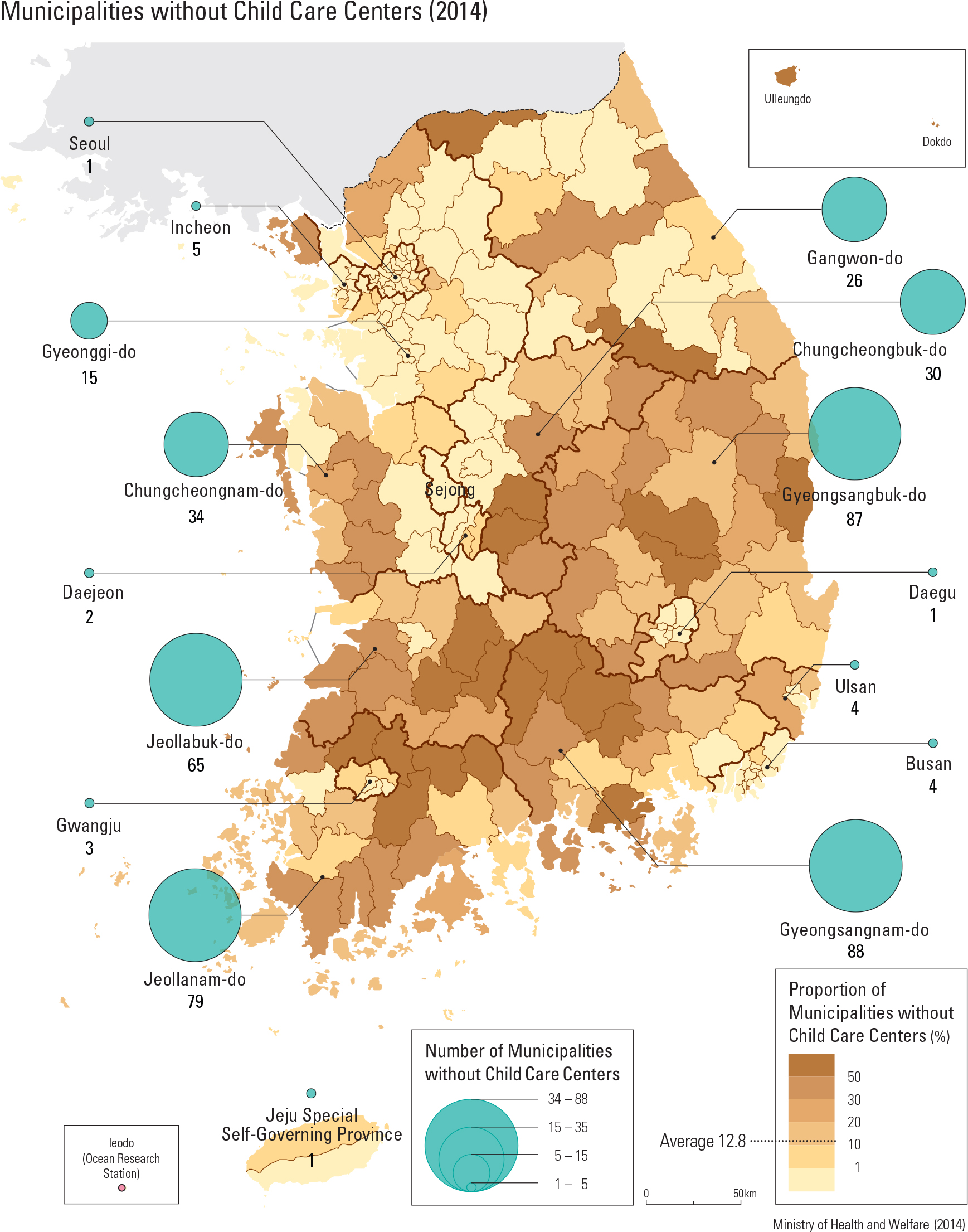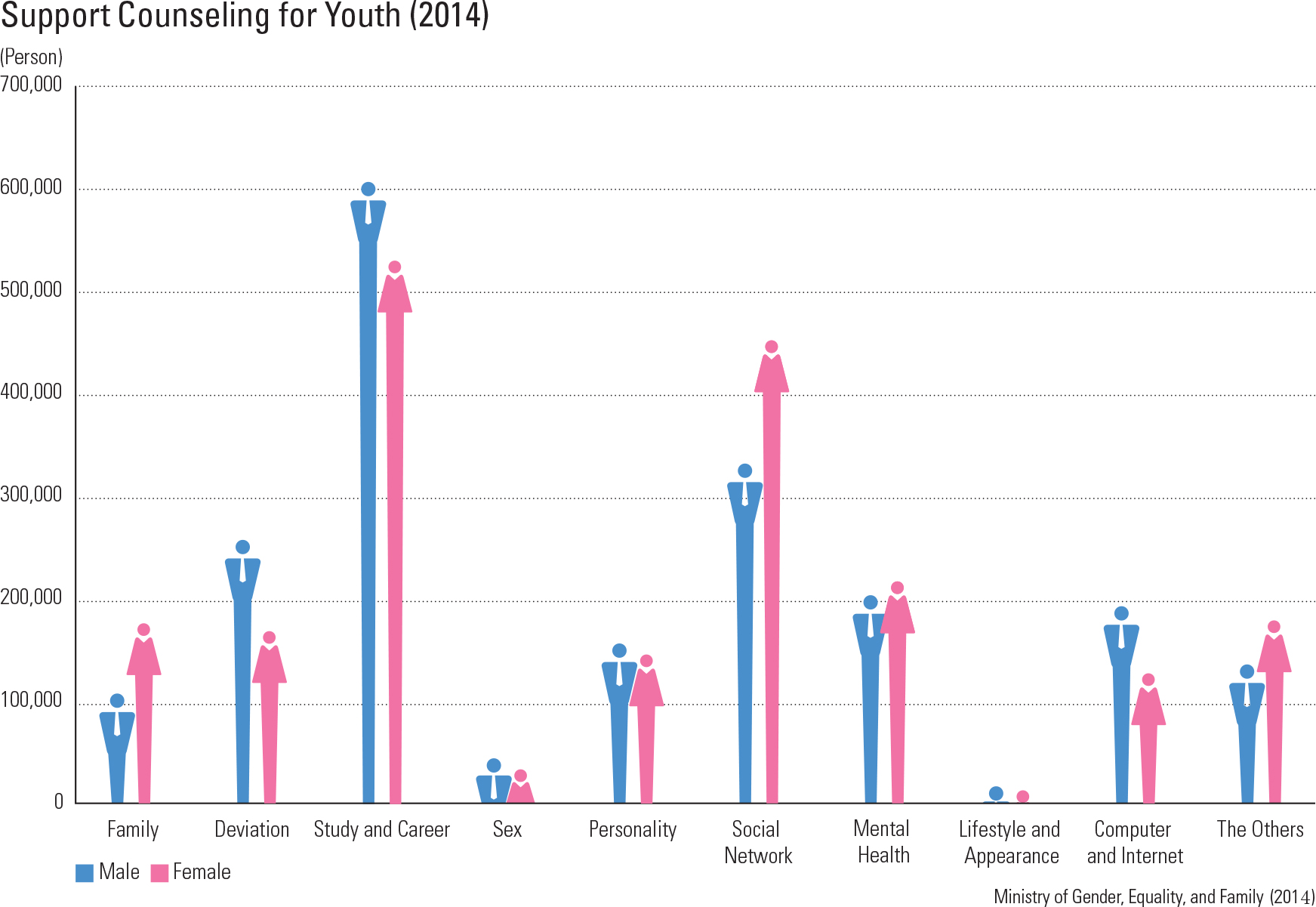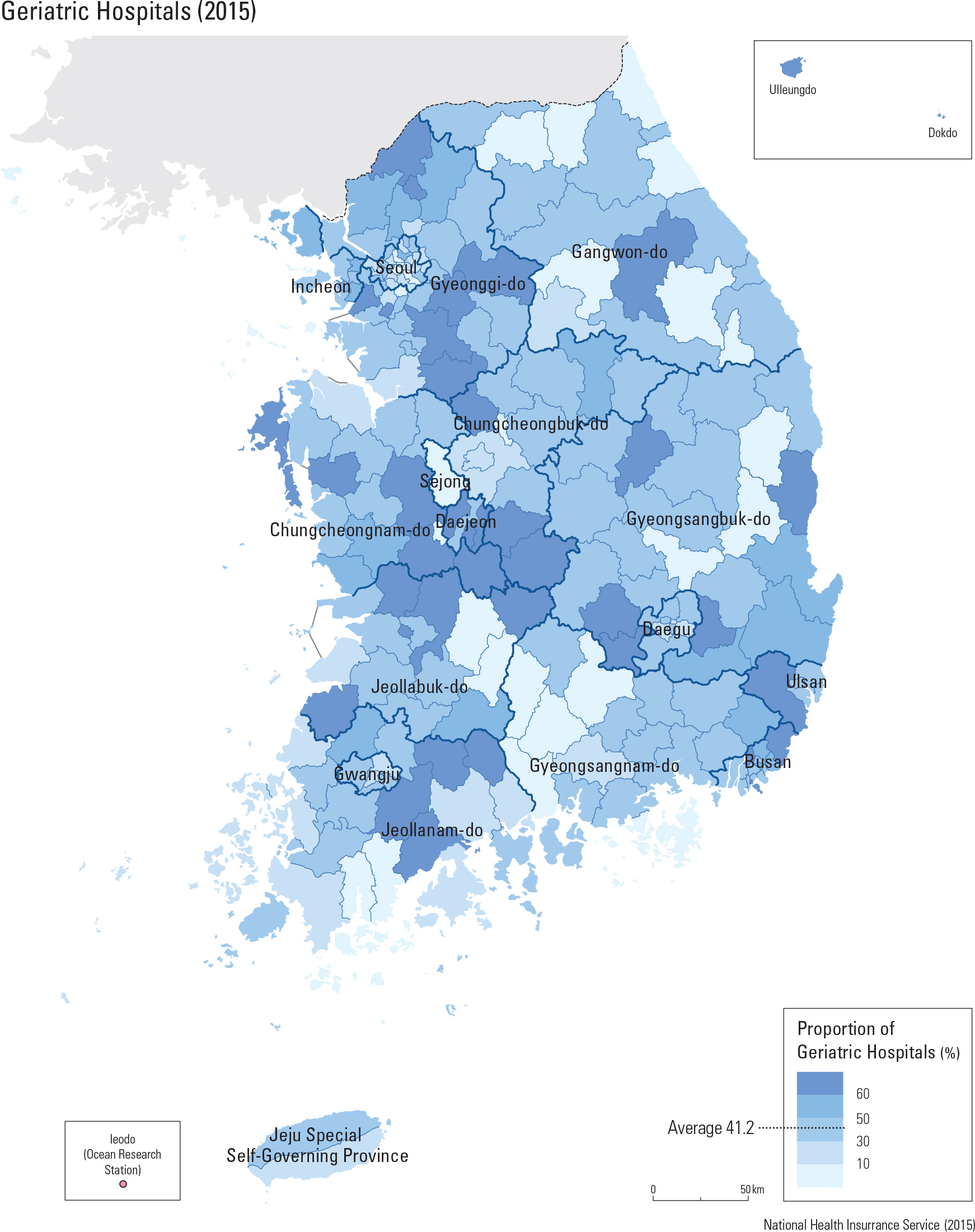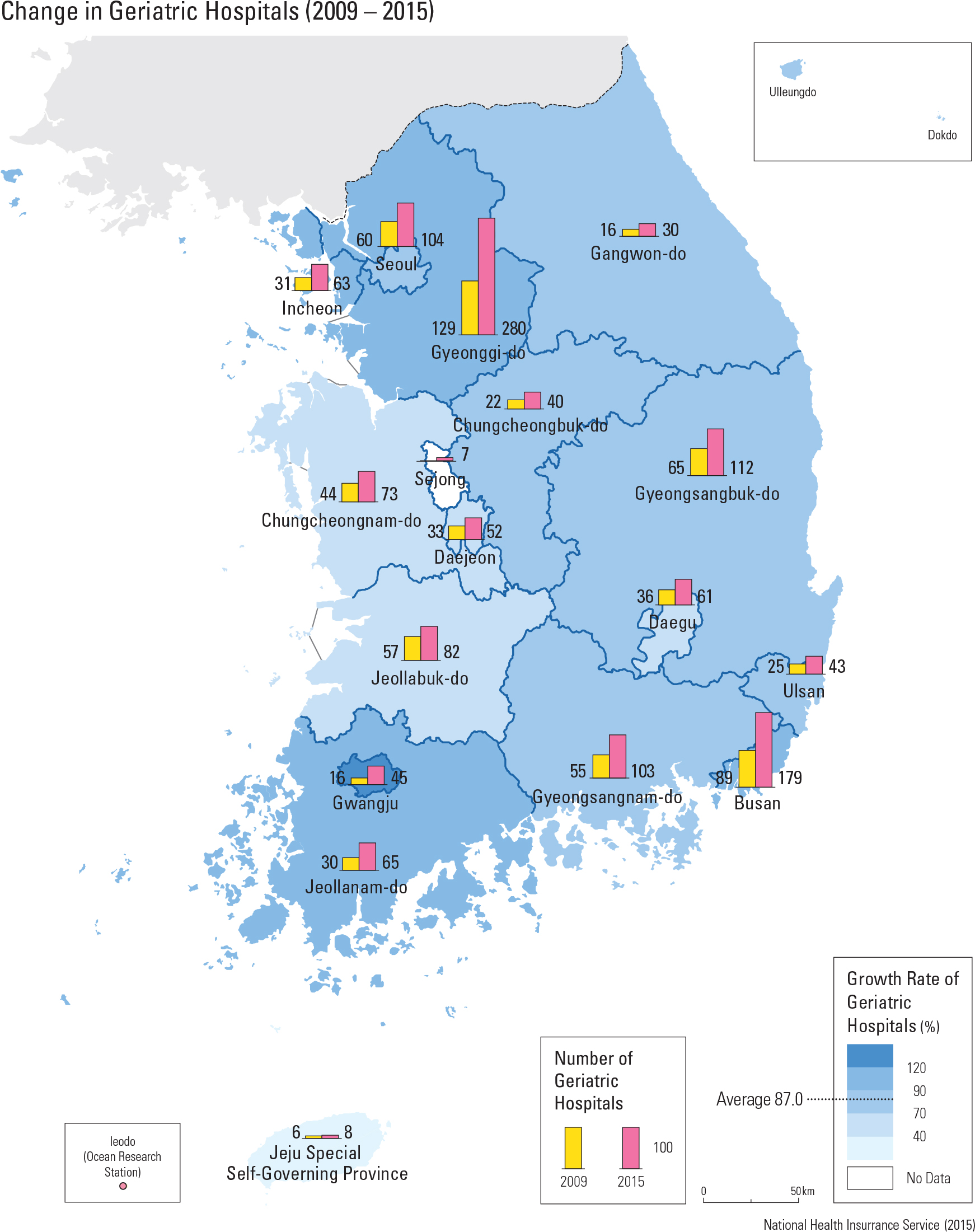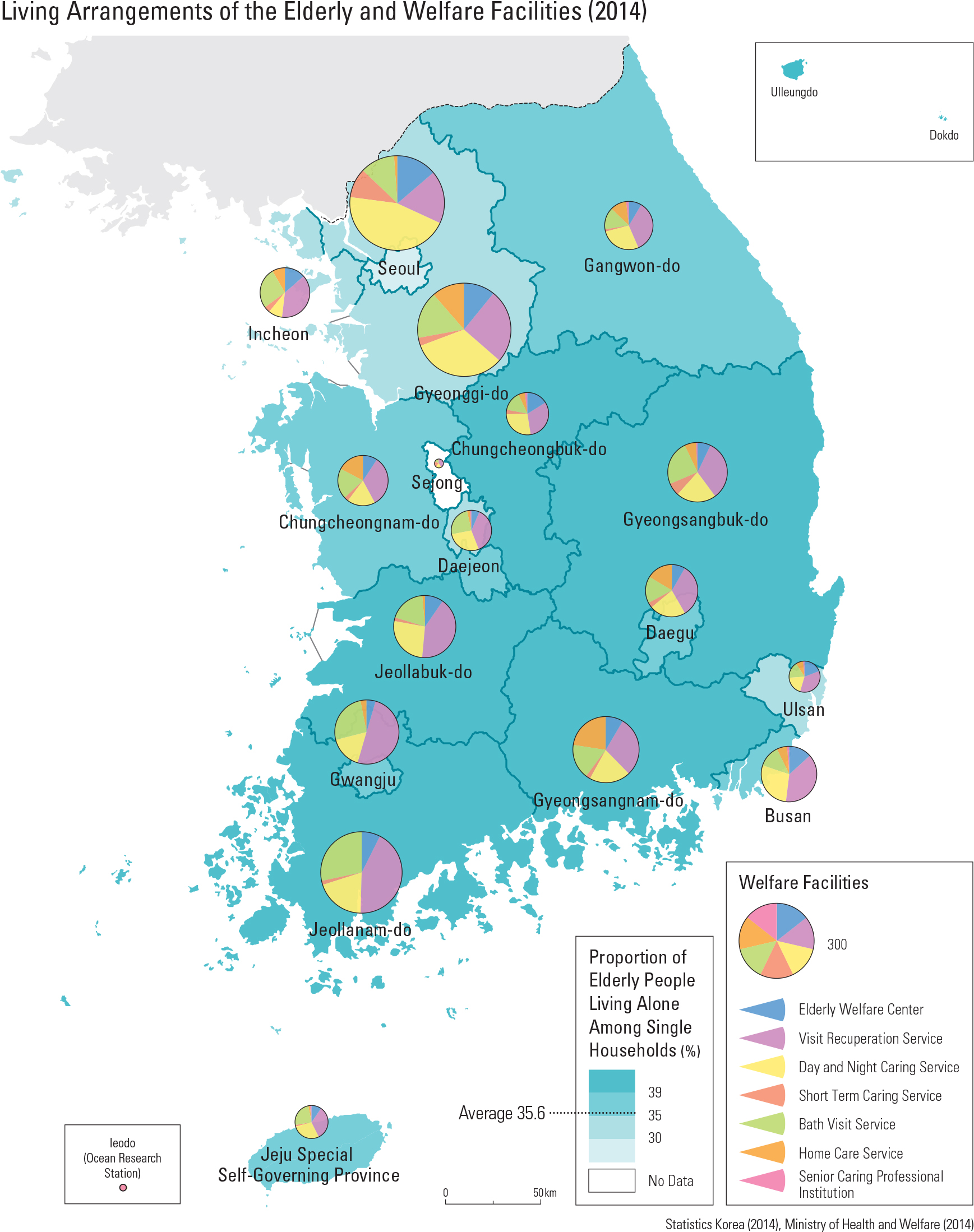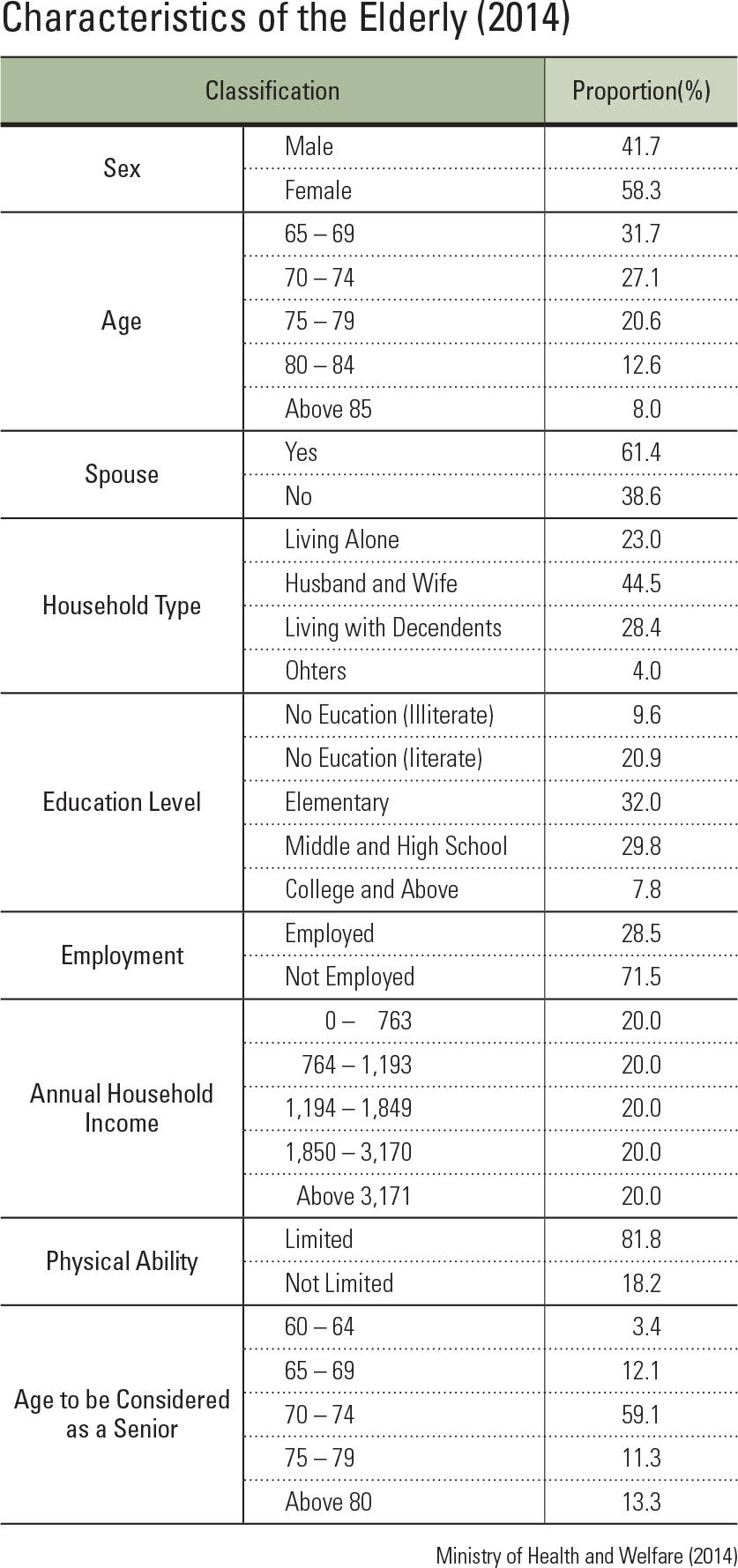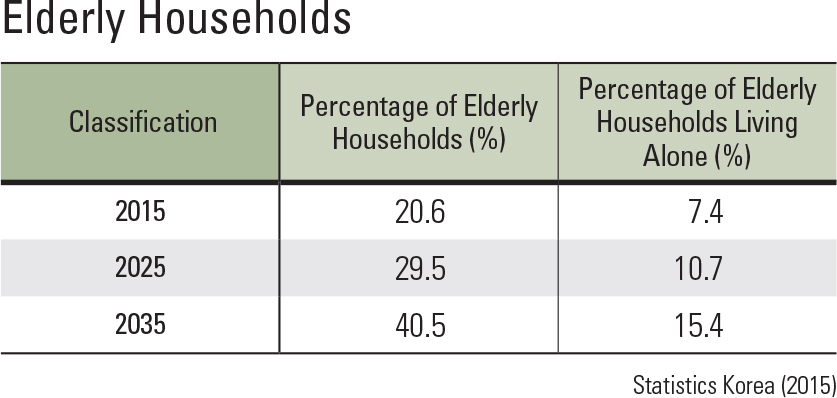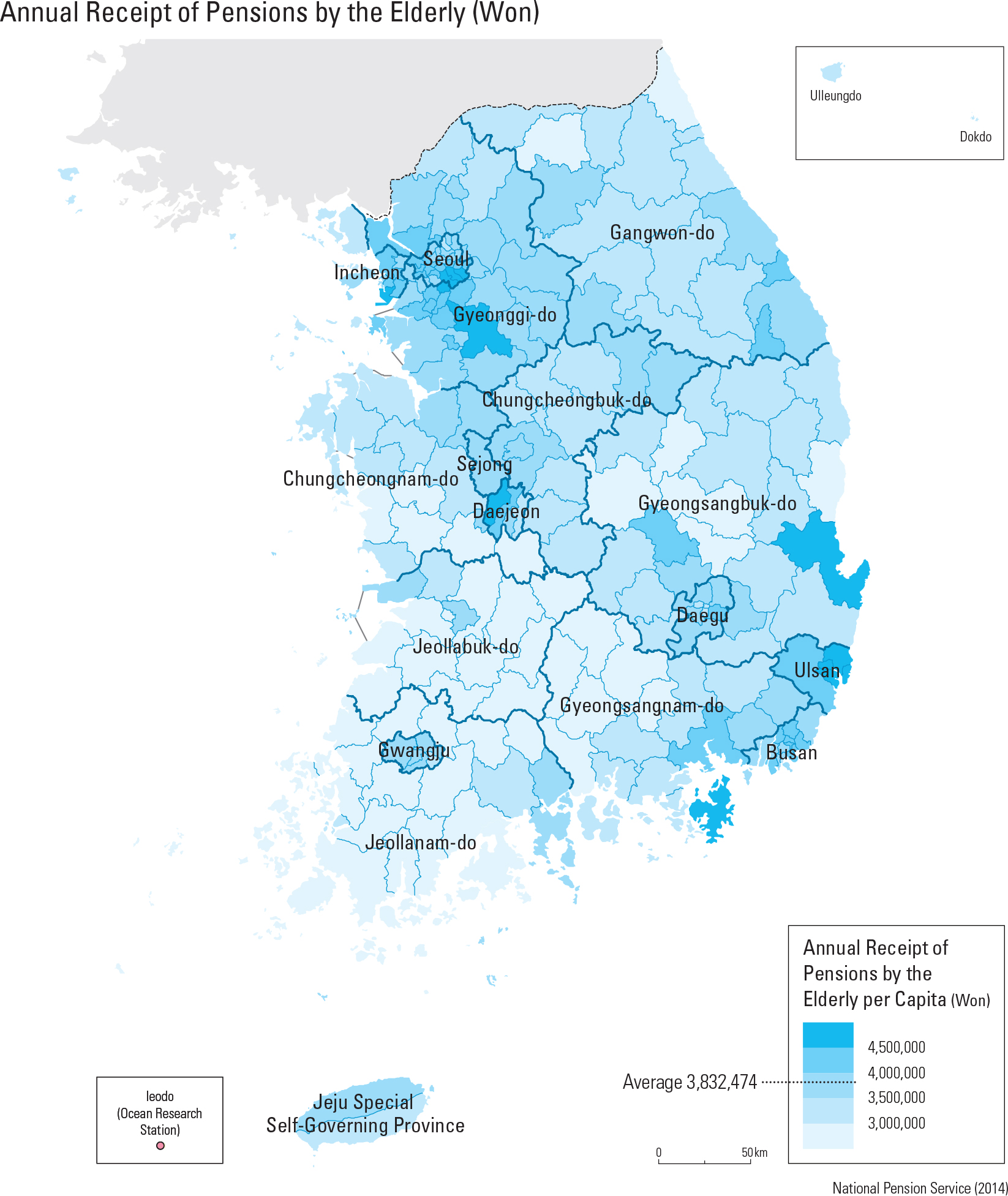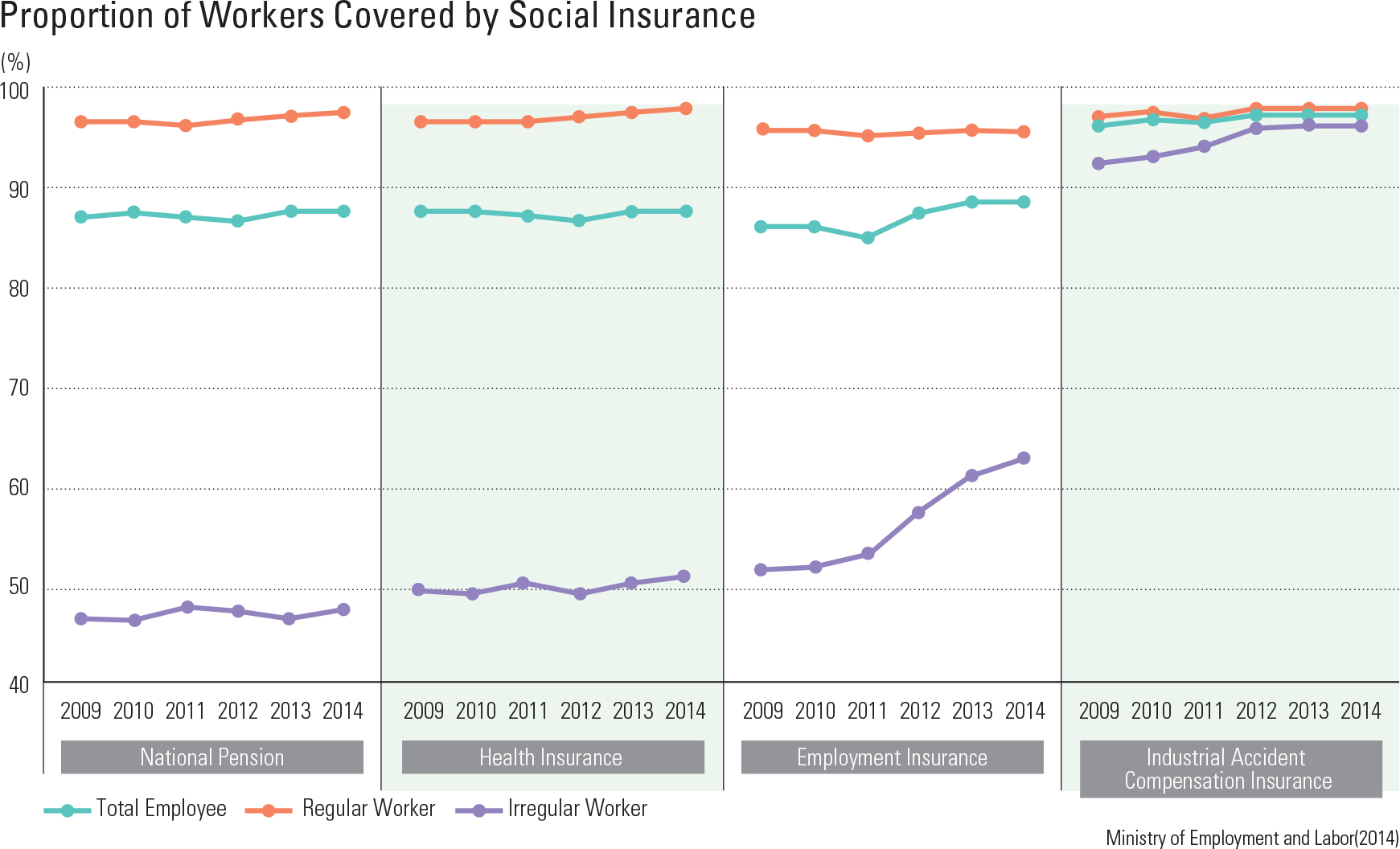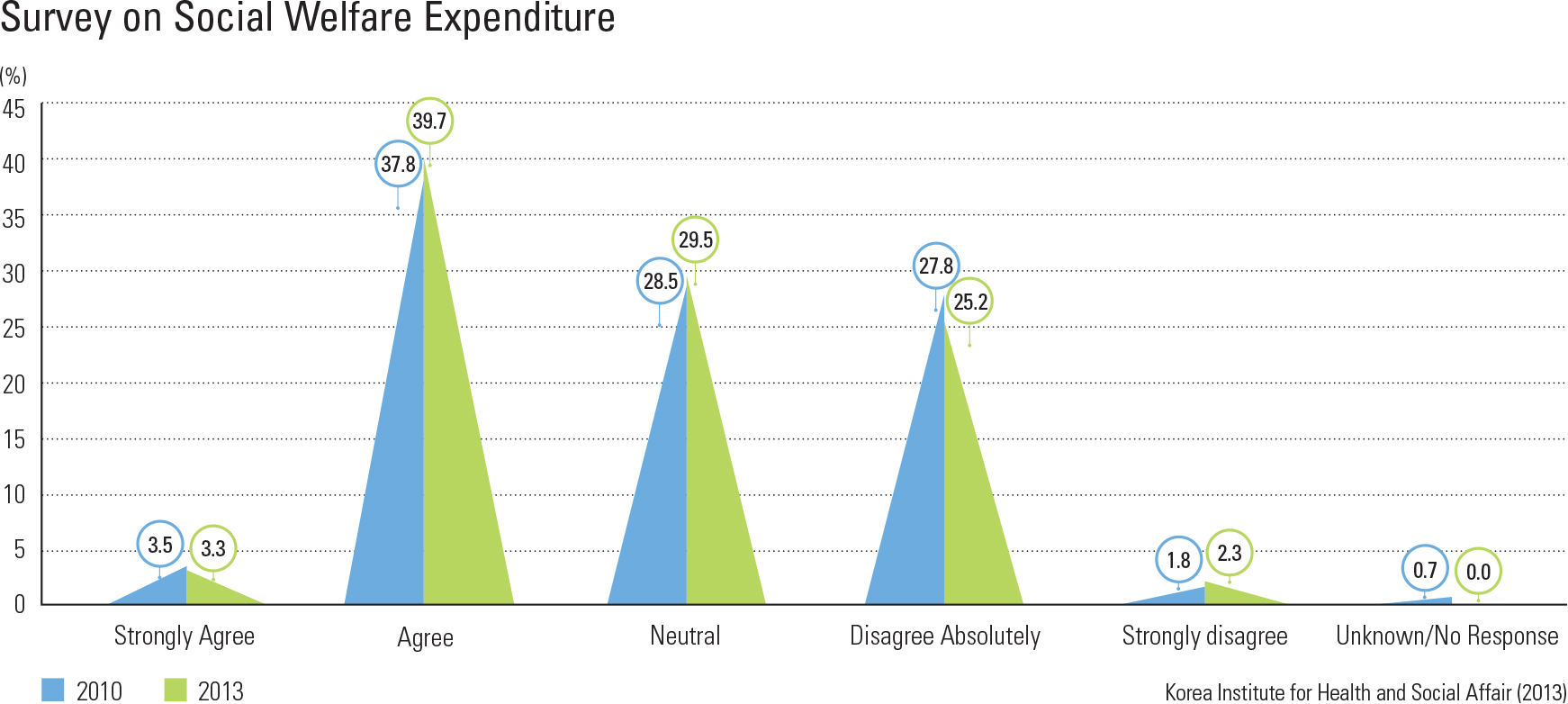English III
Recently, welfare in Korea has emerged at the center of political debate. Various debates relat- ing to welfare have arisen, such as the range of welfare services offered, the appropriate level of welfare, welfare-related government expenditure in terms of fiscal soundness, and the priority of welfare spending. Whereas the growth of the na- tional economy has been a longstanding political issue for national resources to concentrate on, recent political focus has concentrated on the ex- pansion of social welfare and the maintenance of scal soundness following the expansion of social welfare. Recent welfare-related expenditures have consistently increased. The sum of social welfare expenditures in the statutory private sector, which mandatorily spends from the private sector, and in the public sector, has substantially increased ev- ery year. The ratio of social welfare expenditure to GDP has exceeded 10 percent in recent years. However, the social welfare expenditure to GDP ratio for Korea is still lower than that of other OECD countries, with the ratio of social welfare expenditure to GDP for European welfare states being 20 to 30 percent. Although this difference should be considered in the context of the propor- tion of elderly in the population and differences in social welfare policies, the likelihood that social welfare expenditure in Korea will continue to in- crease in the future is strong. With the increase in social welfare spending, the related budget is also steadily increasing. Social welfare related-gov- ernment expenditure is allocated according to welfare categories, such as poverty, disabilities, women, children, and elderly, or to sectors such as housing and labor.
page_2 |

